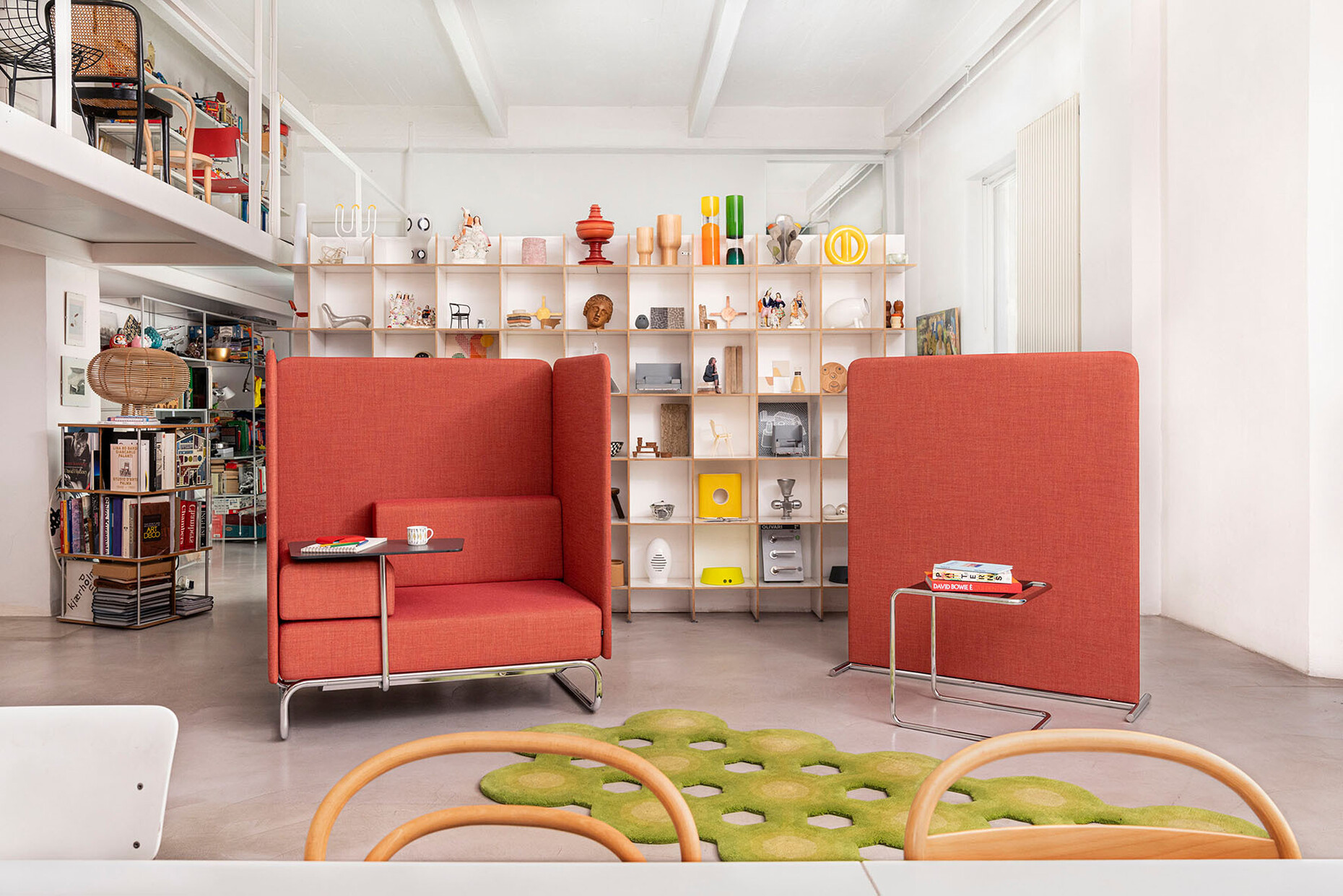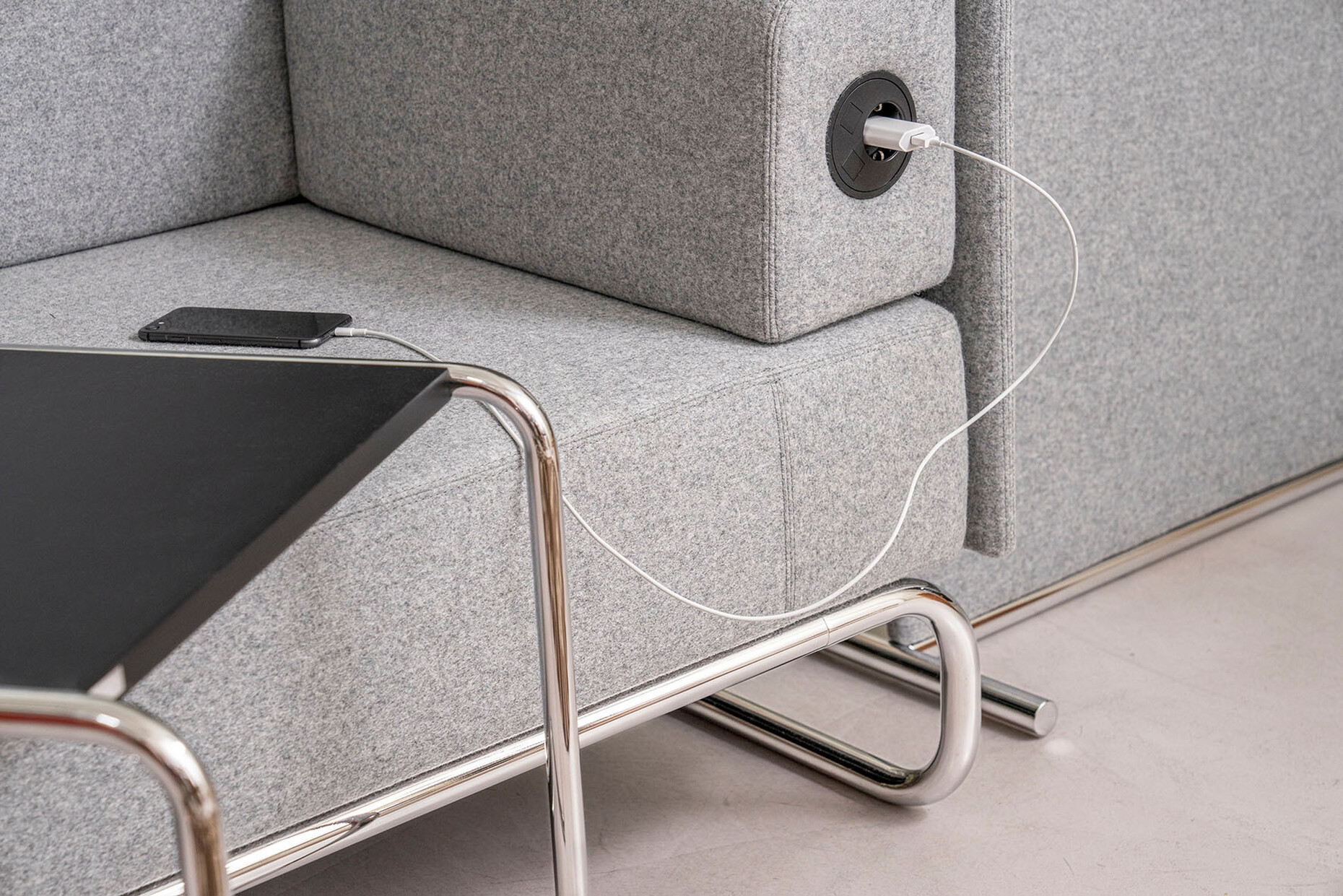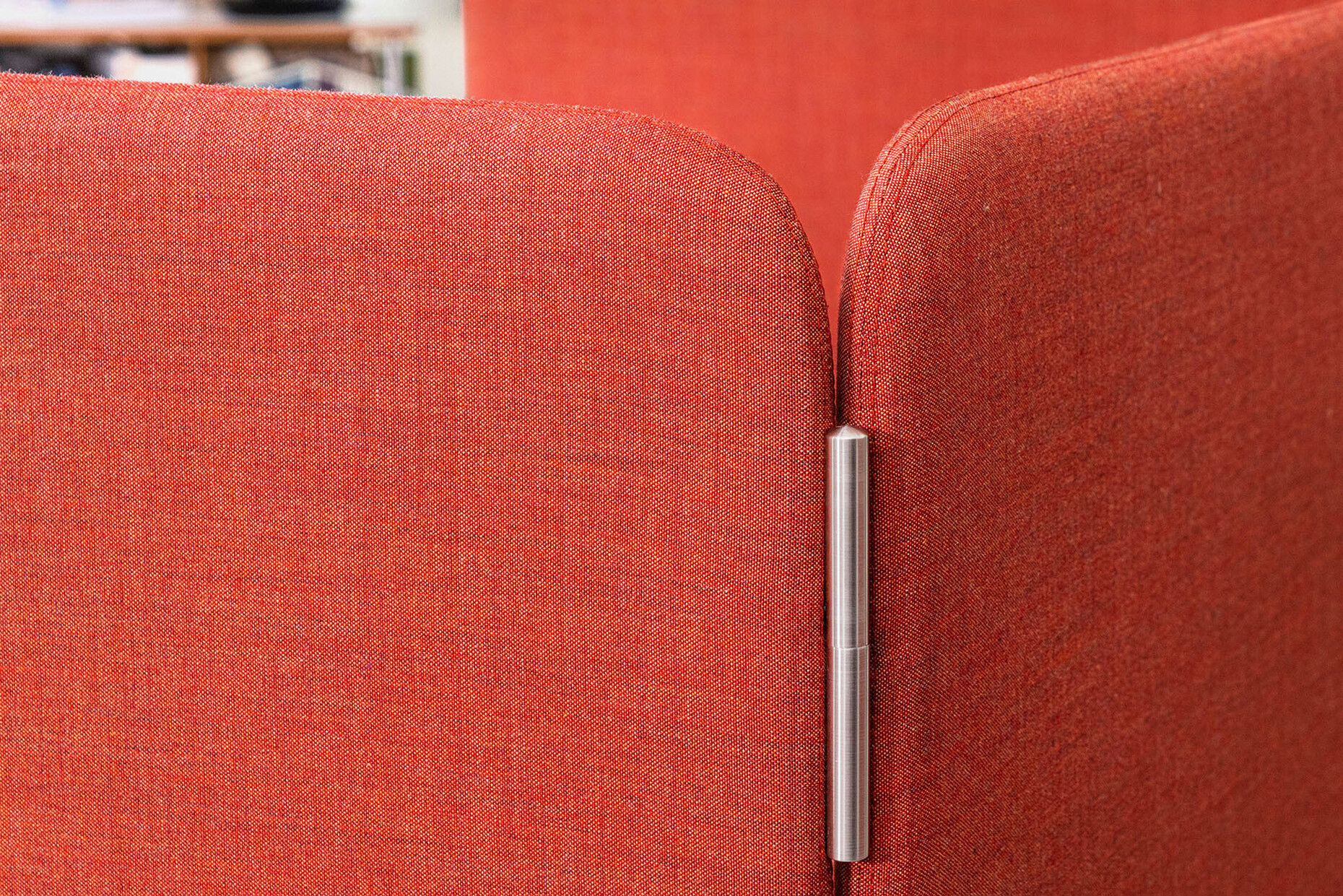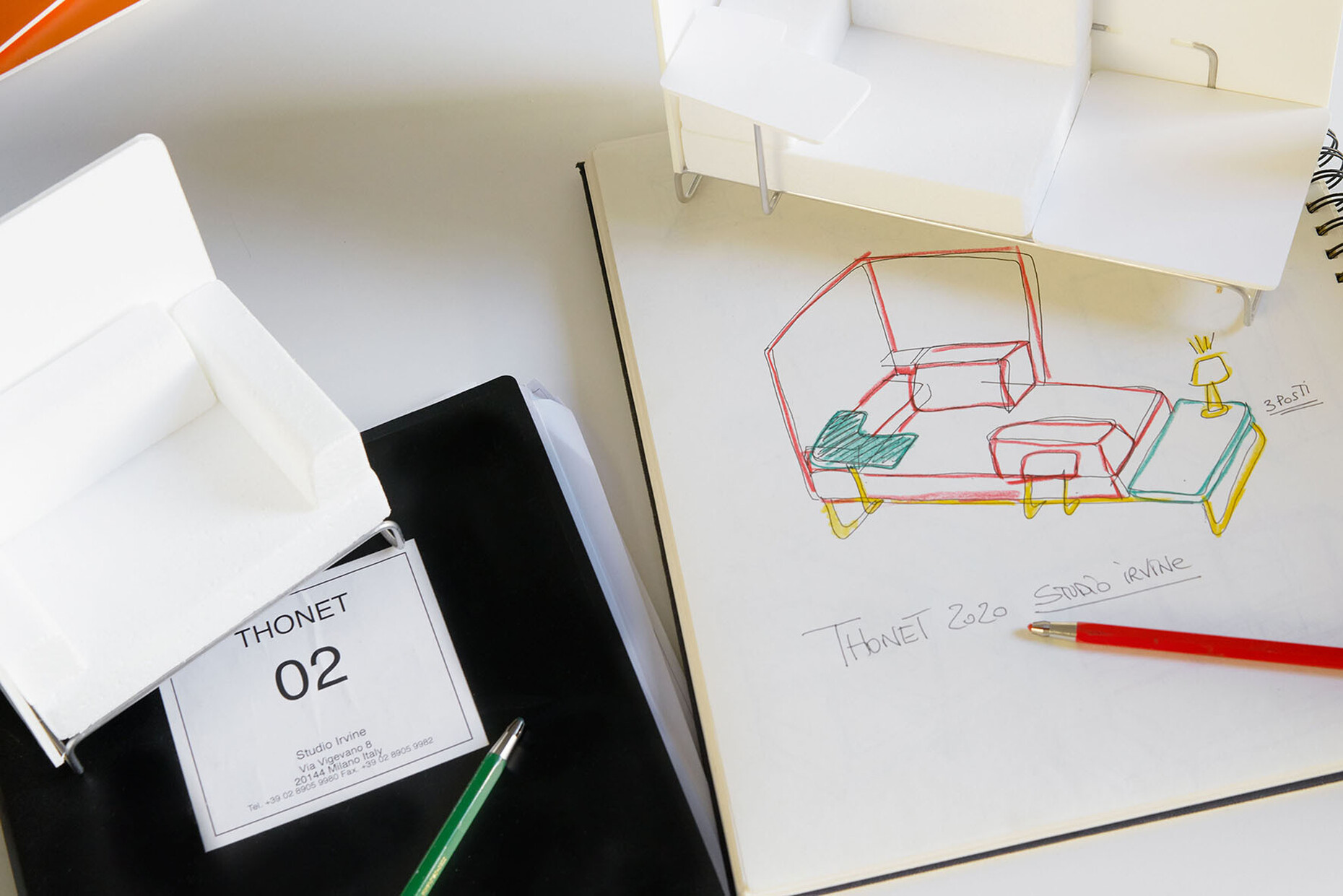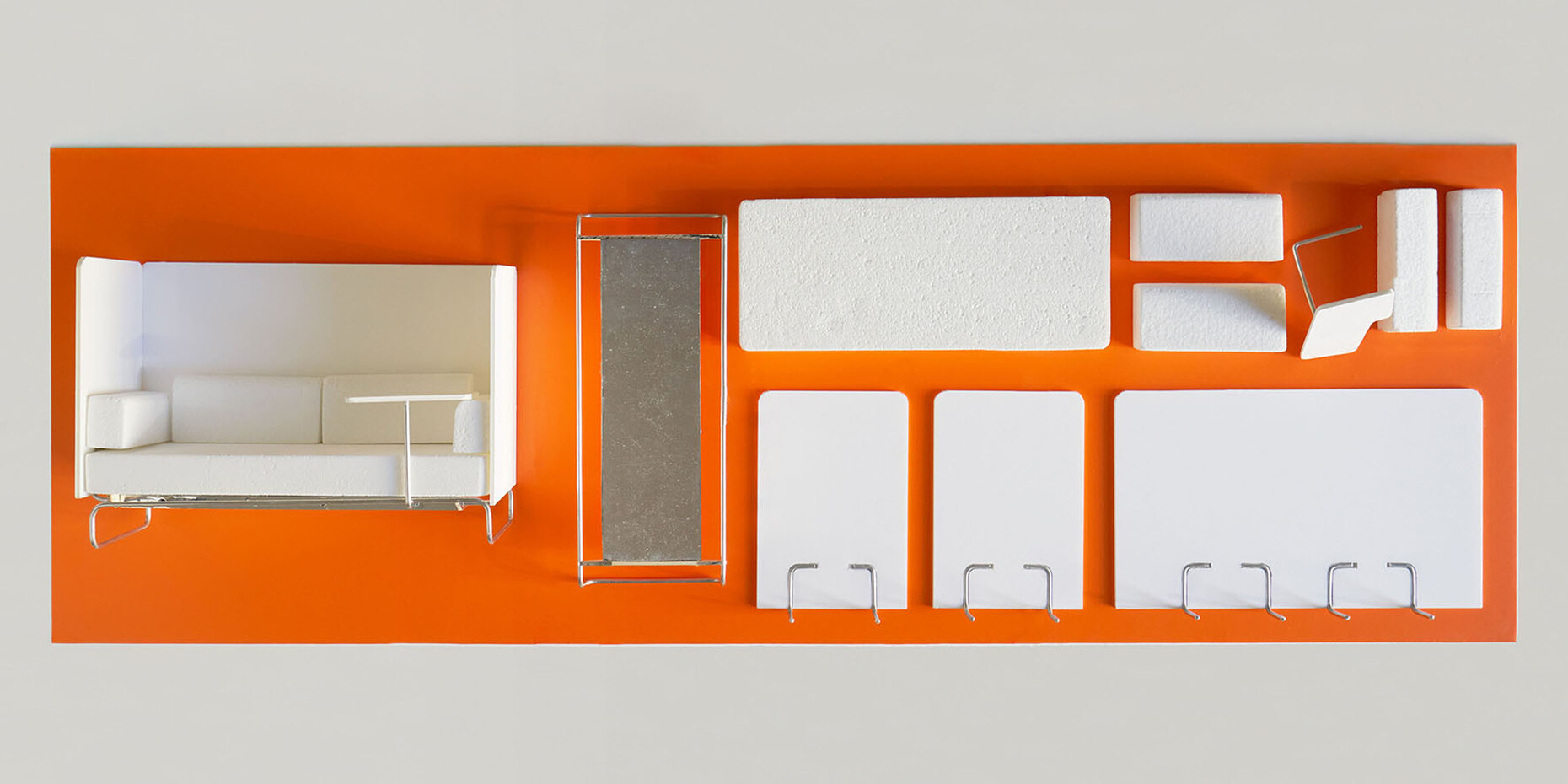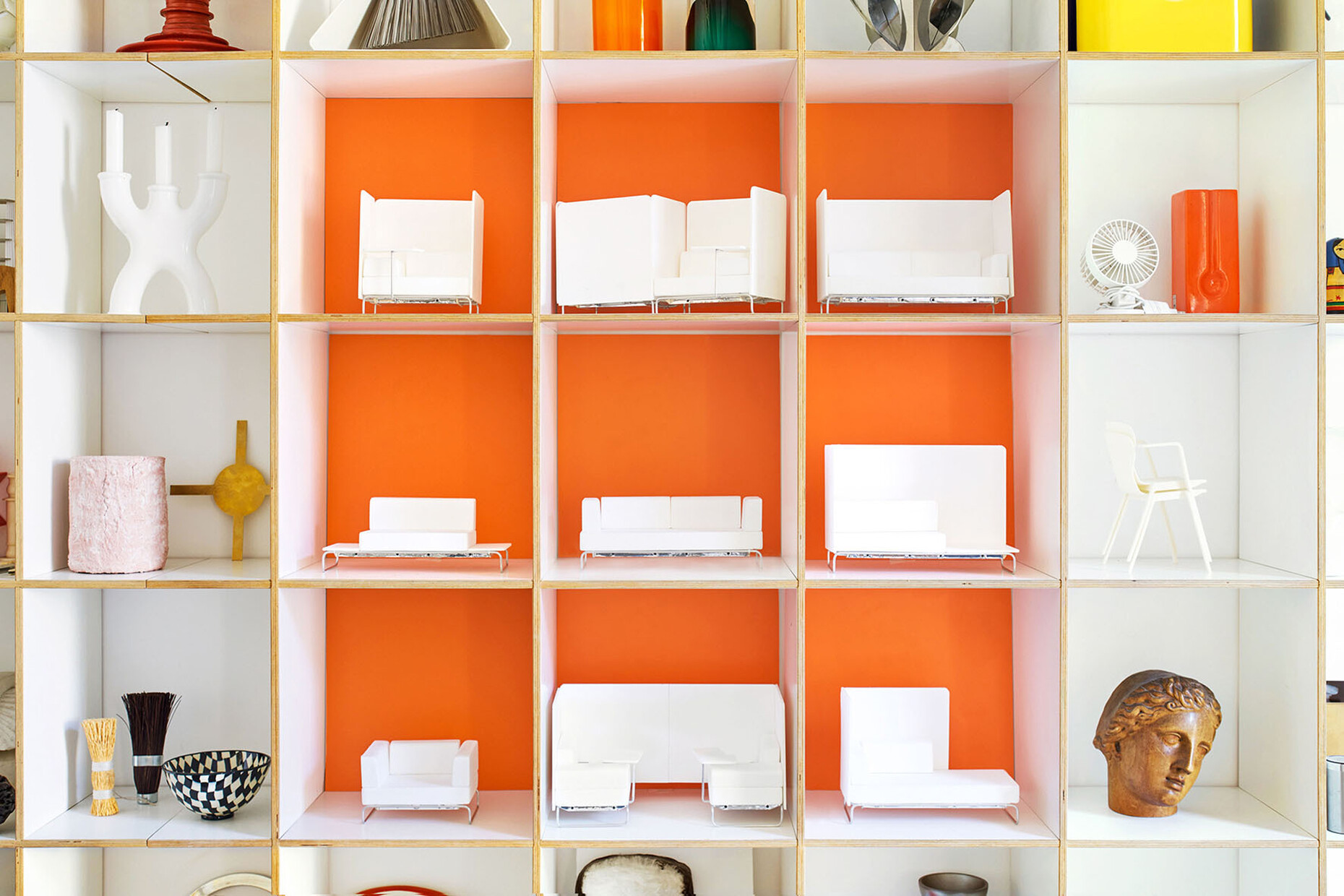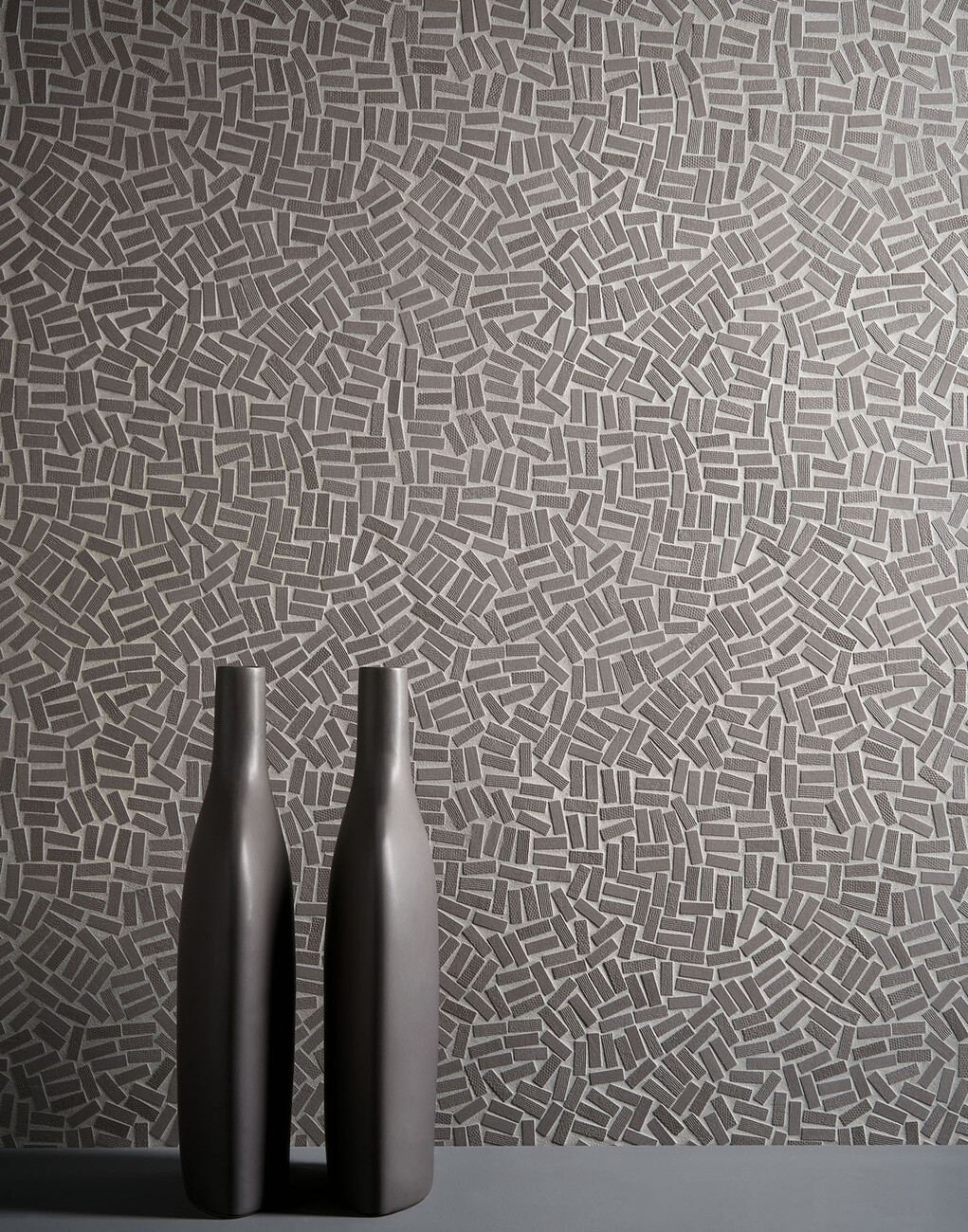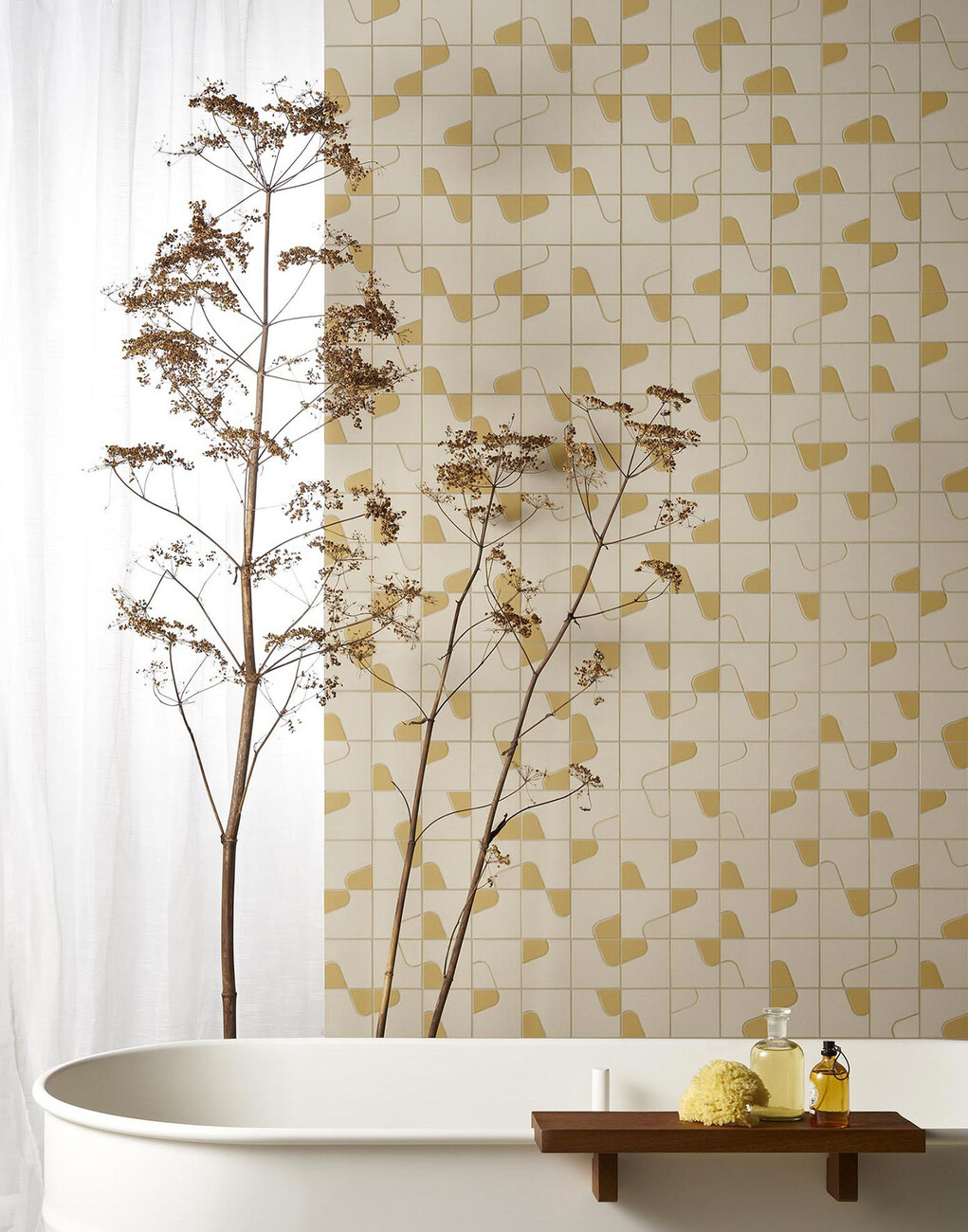Three questions to Marialaura Rossiello Irvine
Ms. Irvine, what are you working on right now?
Marialaura Rossiello Irvine: We have just finished updating the modular sofa system for Thonet called S 5000 with new accessories and elements that meet the needs and uses of contemporary life – the S 5000 Retreat. It is a project in continuous evolution that takes its cue from the history of Thonet in the early 30's with the daybed in tubular steel, which was then developed by James Irvine in 2000 as a system of sofas with different configurations. Today we have updated it with a system of panels of different sizes and tables for home or contract use. The basic idea does not change: a curved metal tube from which to start the structure for the necessary accessories as needed.
Furthermore, I am currently continuing research of materials with a new system of tiles that we are perfecting for Mosaico+. And we are continuing the creative direction for Forma&Cemento with new products and surfaces in cement; my aim is to create a domestic imagery made of cement pieces. We are also about to finish a house in Naples in which there is the true expression of my research of materials with the use of clay, natural stones and traditional terracotta. Materials poised between the industrial product and the tradition of the handmade. As an industrial product, we have just completed a cleaning project for Muji that will soon be launched on the market. And many other projects are currently under way, always being oriented towards research or the development of projects with a very specific identity.
Your husband, James Irvine, passed away in 2013, and since then you have been running Studio Irvine alone, assisted by architect Elisabetta Wolleb and designer Ernesto Messineo. What is your approach to design and how does it differ from that of your husband?
Marialaura Rossiello Irvine: I met James when I was a design consultant at Danese Milano. We worked together for many years and on the development of many products. Continuing a story made of passion and experience was our natural approach. Our visions and approaches to design eventually merged over time. Today, the focus of the studio is always product design, branching out to artistic direction. The architectural projects, on the other hand, are manifestos of my research into the materials and traditions of places. For years now, my team is very experienced – from product design with the precision of Ernesto to the study of space with the versatility of Elisabetta. Both of them are very patient with me, jumping from one topic to another! The team is periodically enriched with young talents in the most diverse areas from communication to visual expression. I like to exchange our experience and method with young designers and their contemporary vision. The approach is always the same: curiosity, precision and a lot of humor.
You live in Milan, in the heart of design, and studied architecture and strategic design in Italy. What do you think Italian design of the present needs?
Marialaura Rossiello Irvine: My approach is international but always with its roots firmly planted in the places of my education. I studied architecture in Naples in one of the classical renowned Italian universities, growing up in a place made of historical stratification. Milan, as the capital of design, was necessary to understand industrial products and the importance of brand identity. I was then lucky enough to work with the international world both as a company and with my colleagues with whom there is a constant interaction and exchange of information. Today Italian design needs boldness, courage. Italian entrepreneurship in design has always been a reference of innovation, but generations follow one another and evolve. It is necessary to start from a deep analysis of one's own corporate identity and not be afraid to invest in alternative ideas and designers/art directors. Times have changed drastically and it's not by re-designing a new form that you give relevant alternatives and answers, but by re-designing processes and identity.

